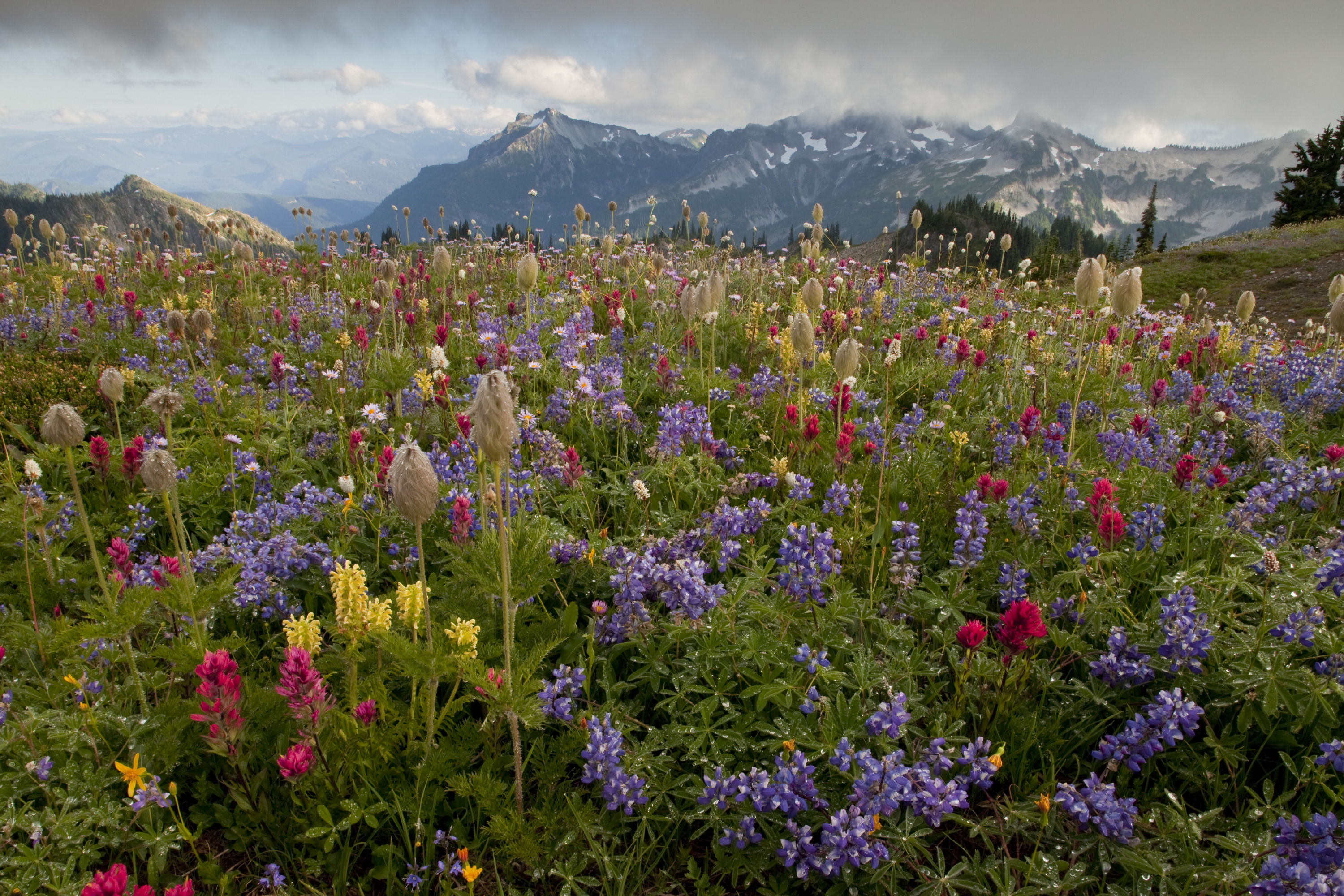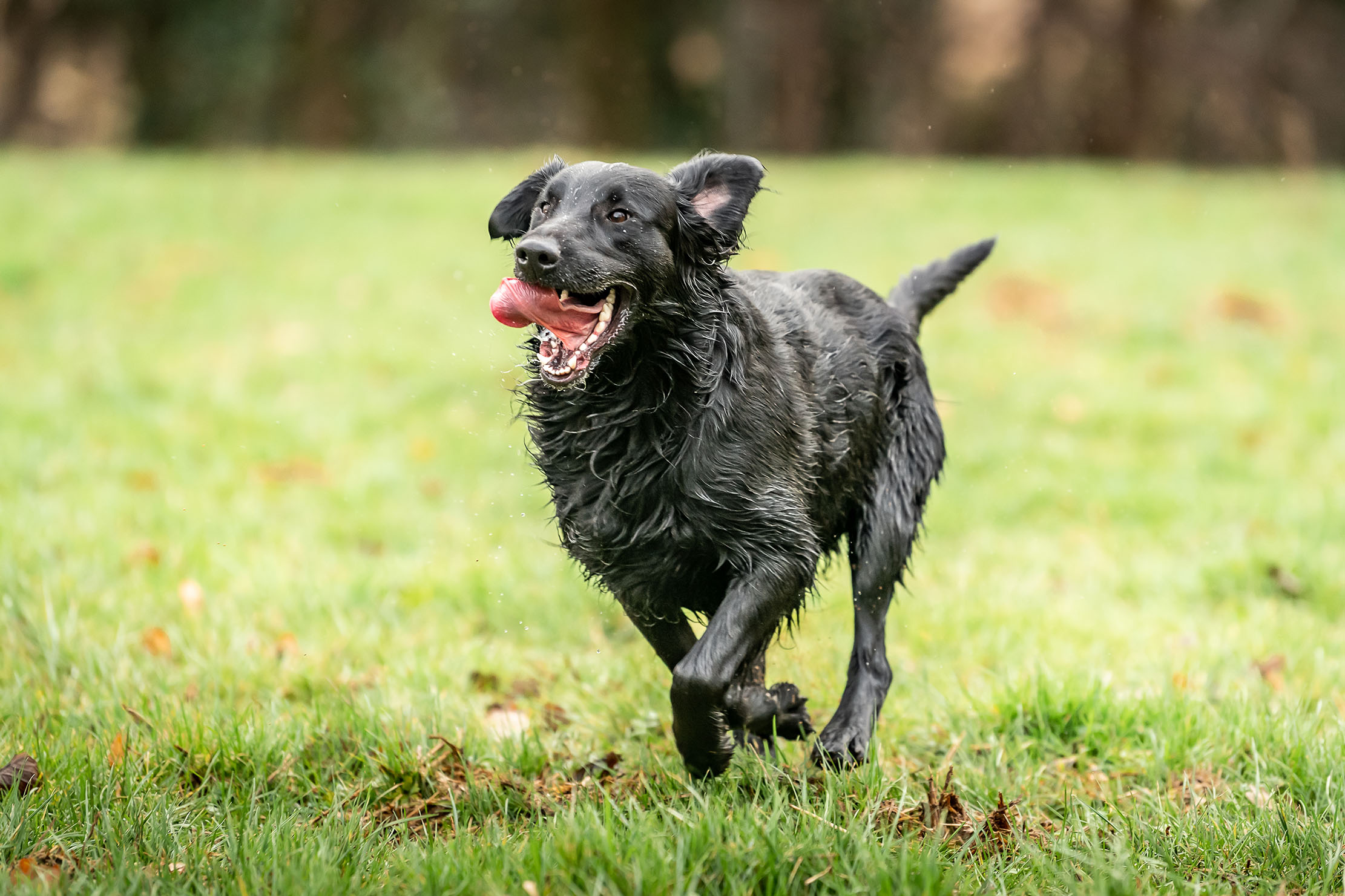My Favourite Painting: Sarah Raven
'Last year (on the back of a tricky calving season), I fell in love with cows. Looking at this painting is the perfect antidote to an anxiety-filled Brexit, coronavirus world.'


Sarah Raven chooses Breton Scene by Jean Frélaut:
‘Below an apple tree, a mother goes through her daughter’s hair looking for nits, sitting on daisies and buttercups in the grass, with foxgloves in the shade behind. There’s a house cow grazing and oxen being led away, perhaps to haul in the harvest from the cornfields ripening beyond.’
'Last year (on the back of a tricky calving season), I fell in love with cows. Looking at this painting is the perfect antidote to an anxiety-filled Brexit, coronavirus, Johnson-Cummings-uncertainty world–and much more the sort of life I want and aspire to lead.’
Sarah Raven is a gardener, cook and writer, and runs a mail-order nursery.
John McEwen on Breton Scene by Jean Frélaut:
Jean Frélaut was the son of Gen Auguste-Louis Frélaut. He was born in Grenoble, but, on his father’s retirement, the family moved to near Vannes in the general’s Breton homeland. At 18, Frélaut entered the Ecole des Beaux Arts in Paris. He studied under Fernand Cormon, a professor and member of the Salon best known today for the fame of van Gogh, Toulouse-Lautrec, Émile Bernard and others who came to his open studio, where sculpture and live models were generously provided and he taught once a week.
Frélaut’s pastoral proves that, inspired by the work of Bernard and the Pont-Aven-based colony of painters of a generation earlier, Breton scenes were still popular. Brittany’s rustic simplicity appealed to artists and visitors. Traditionalism, symbolised by the Breton language and, pictorially, by peasant dress as quaint as it was novel, survived there to a greater degree than elsewhere in France.
This sunny scene hangs in Sarah Raven’s home, having come into the family of her husband, Adam Nicolson, in 1920, possibly thanks to a trip made by his grandfather Harold Nicolson, with Jean Cocteau, to see the painter Jacques-Émile Blanche in Normandy.
Frélaut depicts a woman wearing a headscarf in the Breton way. The patient, gentle, nit-picking task, grazing cow and strolling man in his be-ribboned hat all conjure summer contentment.
Exquisite houses, the beauty of Nature, and how to get the most from your life, straight to your inbox.
In 1919, Frélaut was made a knight of the Legion of Honour. He was in an artists’ group with Raoul Dufy in the 1920s and, from 1937, was curator of the Vannes museum.

Sarah Raven: '15 years ago we couldn’t sell a dinner-plate-sized dahlia for love nor money’
The expert plantswoman tells us all about dahlia trends and gives advice for the best colours to use in 2019.

The world's greatest wildflowers: Where to find them and why they bring us so much joy
Lady’s slippers by the hundreds if not thousands, hillsides golden with daisies, swards of salvias: Sarah Raven salutes Bob Gibbons,

Jason Goodwin: The joy of a catalogue from the 'pornographers of herbage, greenery and legumes'
Our spectator columnist extols the wonders of the January gardening catalogues, relishing the chance to plan his fantasy garden from

Flatcoat retrievers: The dogs that are charming, endlessly happy and will do anything to capture your heart
Intelligent, devoted and adept at working all country, the flatcoated retriever is the Peter Pan of the dog world with
Country Life is unlike any other magazine: the only glossy weekly on the newsstand and the only magazine that has been guest-edited by His Majesty The King not once, but twice. It is a celebration of modern rural life and all its diverse joys and pleasures — that was first published in Queen Victoria's Diamond Jubilee year. Our eclectic mixture of witty and informative content — from the most up-to-date property news and commentary and a coveted glimpse inside some of the UK's best houses and gardens, to gardening, the arts and interior design, written by experts in their field — still cannot be found in print or online, anywhere else.
